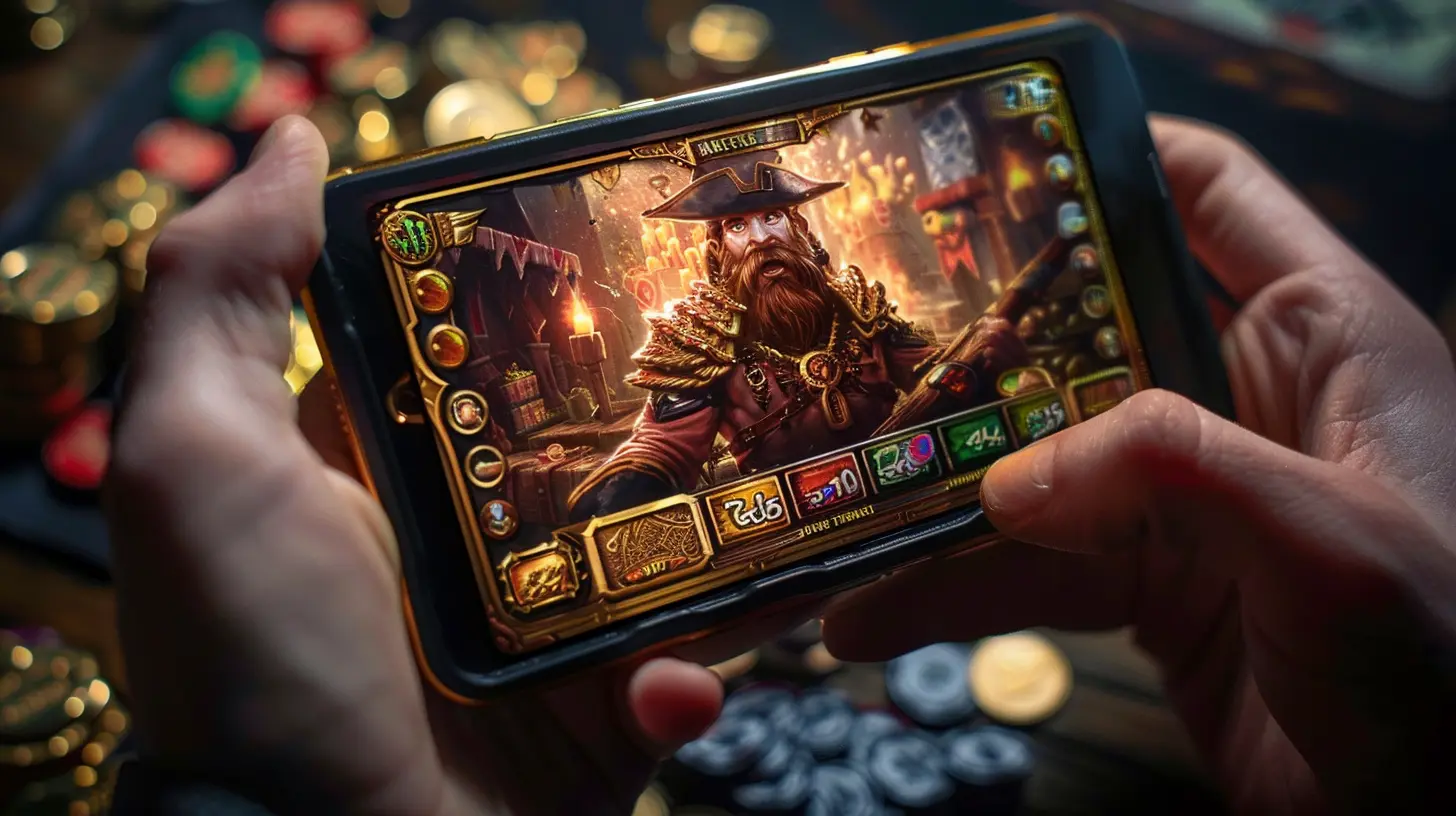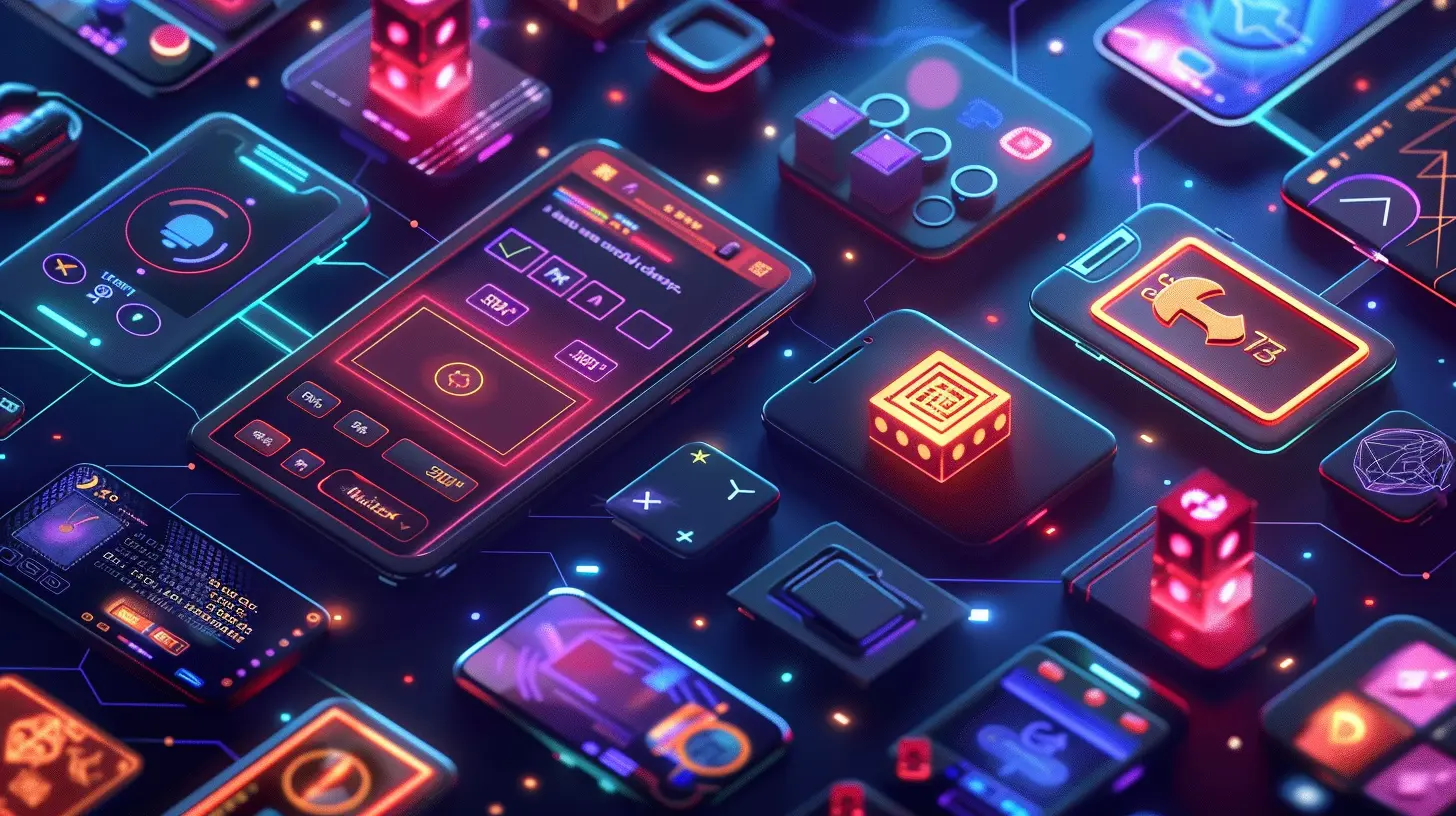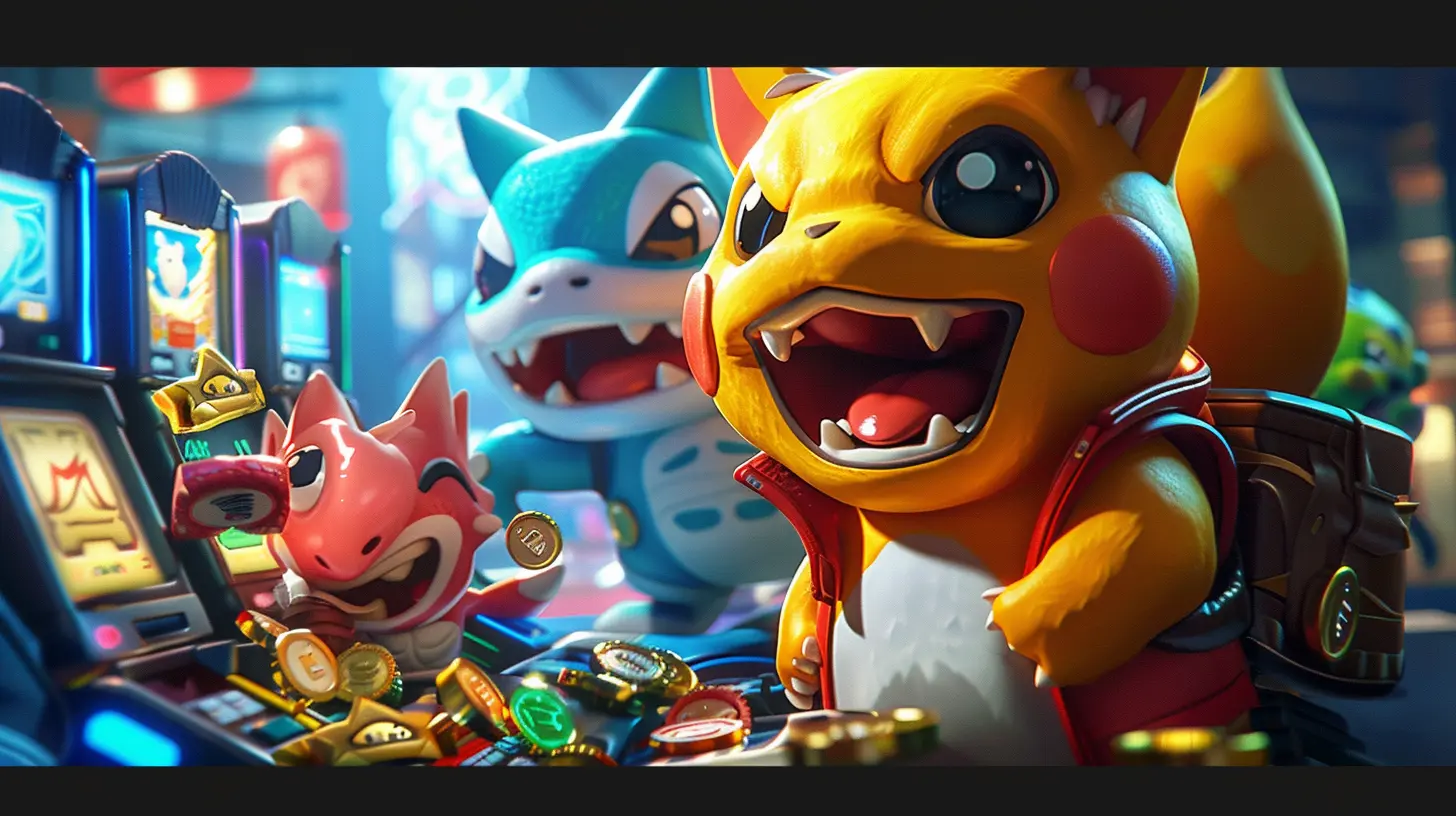The Influence of Mobile Games on Microtransaction Trends
18 June 2025
Let’s face it—mobile games have taken over our lives, haven’t they? Whether it's a quick round of Candy Crush during your coffee break or grinding levels in Clash Royale while waiting for your pizza delivery, chances are you’ve swiped and tapped your way through at least one mobile gaming session recently. But have you ever stopped to think about how these seemingly innocent games have changed the way we spend money on entertainment?
Yep, I’m talking about microtransactions—those tiny little purchases that seem harmless individually but can quietly add up to a wallet-emptying disaster if you’re not careful. Stick with me; we’re going to dive deep into how mobile games have made microtransactions a trillion-dollar trend and why this phenomenon isn’t going anywhere anytime soon. 
The Rise of Mobile Gaming: From Snake to Stardom
Remember the days when the peak of mobile gaming was playing Snake on your indestructible Nokia 3310? Fast forward a couple of decades, and mobile games have evolved into billion-dollar juggernauts like PUBG Mobile, Genshin Impact, and Pokémon GO. With the explosion of smartphones and app stores, gaming went from bulky consoles and PCs to the sleek, pocket-sized device you always carry around.Why is mobile gaming such a big deal, though? Accessibility, for one. You don’t need expensive hardware or a fancy gaming setup. All you need is your phone—and chances are, you already have one. Plus, these games cater to just about everyone. Whether you're into puzzle solving, battle royales, or story-based adventures, there’s something for everyone.
But here’s the kicker: most mobile games these days are free to download. So how do companies make money? Enter microtransactions. 
Microtransactions: A Fancy Word for Digital Shopping
Let’s break it down. Microtransactions are small purchases you make within a game. It could be something as simple as buying extra lives in a puzzle game, unlocking a cool new skin for your character, or getting loot boxes filled with random goodies.When they first popped up, microtransactions were a minor part of gaming, but now they’re everywhere. And why wouldn’t they be? They’re a goldmine for game developers. Instead of charging players a one-time fee for the game, they can earn money continuously from millions of users.
Seems harmless, right? Well, not always. The way mobile games design these in-app purchases can be sneaky. Ever found yourself frustrated because you ran out of gems or coins right before completing a level? That’s not by accident—that’s deliberate. Game developers use tactics—like timed rewards or progress caps—to nudge you into buying stuff. It’s like dangling a carrot just out of reach and charging you for a ladder to grab it. 
The Evolution of Microtransaction Trends
1. The Freemium Model
Let’s talk about the freemium model—it’s like getting a free sample at Costco, only to realize the rest of the item costs a fortune. Most mobile games these days follow this model. They lure you in with the promise of a fun, free experience, but the better (or faster) gameplay is locked behind paywalls.Take Clash of Clans, for example. Sure, you can build your village and train your troops without spending a dime, but if you want to level up your base quickly or skip the excruciatingly long waiting times, you’ll have to shell out some cash.
2. Cosmetic Purchases
Not all microtransactions are about gameplay advantages. Some are purely cosmetic. Think Fortnite skins, PUBG outfits, or custom avatars in Candy Crush. These don’t necessarily give you an edge in-game, but they sure make you look cool while playing.Funny thing is, cosmetic purchases often rake in just as much money as gameplay-related ones. Why? Because nobody wants to look like a noob. It’s like showing up to a party in pajamas while everyone else is in designer suits.
3. Loot Boxes and Gacha Mechanics
Ah, loot boxes. Gaming’s version of a slot machine. You pay real money to buy a box, and its contents are randomized. Maybe you’ll get that rare weapon you’ve been eyeing, or maybe you’ll end up with yet another useless emote.Gacha mechanics in games like Genshin Impact work the same way. It’s all about luck, and it’s addictive. This trend has stirred up a lot of debate, with critics comparing it to gambling. And honestly, they’ve got a point. 
Psychological Tricks Behind Microtransactions
You might be wondering, “Why do people keep spending money on these things?” Good question. The answer lies in psychology.1. The Scarcity Effect
Ever seen a deal in a game that says, “Limited Time Offer”? That’s the scarcity effect in action. It creates a sense of urgency, making you feel like you’ll miss out if you don’t buy now.2. Sunk Cost Fallacy
Imagine you’ve already spent some money on a game. You’re more likely to keep spending because you don’t want your initial investment to go to waste. It’s like buying popcorn at a movie theater even though it’s overpriced—because you’ve already splurged on the tickets.3. Social Pressure
Many multiplayer games use social elements to encourage spending. Your friends have cool gear, so you feel left out until you buy some too. It’s like the digital version of keeping up with the Joneses.The Good, the Bad, and the Ugly of Microtransactions
Not all microtransactions are evil. In some cases, they’re a win-win. Developers get to earn money while keeping the game free for everyone else. Plus, if you’re someone who doesn’t mind spending a bit to enhance your gaming experience, why not?But here’s the thing—it’s easy to go overboard. It starts with a $1 purchase, and before you know it, you’ve spent $100. The more concerning issue is when kids and teens, who might not fully grasp the value of money, rack up huge bills on microtransactions.
Regulators are starting to take notice, though. Some countries have already cracked down on loot boxes, and others are digging into whether microtransactions are ethical.
What’s Next for Microtransactions?
The future of microtransactions is, well, complicated. As games become more immersive and detailed, you can bet developers will find even more creative ways to encourage in-game spending. Subscriptions within games are also becoming a massive trend (think Apple Arcade or Fortnite Crew), offering exclusive perks for a monthly fee.On the flip side, the backlash against aggressive microtransactions is growing. Players are demanding fairer pricing models and better transparency, so we might see some shifts in how games approach monetization.
Final Thoughts
At the end of the day, mobile games and microtransactions are like peanut butter and jelly—they just go together. Whether you love them or hate them, they’ve become a defining feature of modern gaming. As long as mobile games remain wildly popular, microtransactions are here to stay.So, the next time you tap that “Buy Now” button for 50 bonus gems, remember—mobile games aren’t just a pastime; they’re a business. A really smart one.
all images in this post were generated using AI tools
Category:
MicrotransactionsAuthor:

Lana Johnson
Discussion
rate this article
2 comments
Primrose Taylor
This article shines a light on the fascinating intersection of mobile games and microtransactions. It’s clear that mobile gaming has significantly shaped how developers approach monetization. Your insights on player behavior and spending habits provide valuable context for understanding this trend. Thanks for sharing such an important perspective!
October 29, 2025 at 6:08 AM

Lana Johnson
Thank you for your thoughtful comment! I'm glad you found the insights valuable—it's a crucial topic as mobile gaming continues to evolve.
Mindy McConkey
Great insights! Mobile games really shape microtransaction strategies today!
June 23, 2025 at 4:02 AM

Lana Johnson
Thank you! I'm glad you found it insightful. Mobile games indeed play a crucial role in evolving microtransaction strategies.


